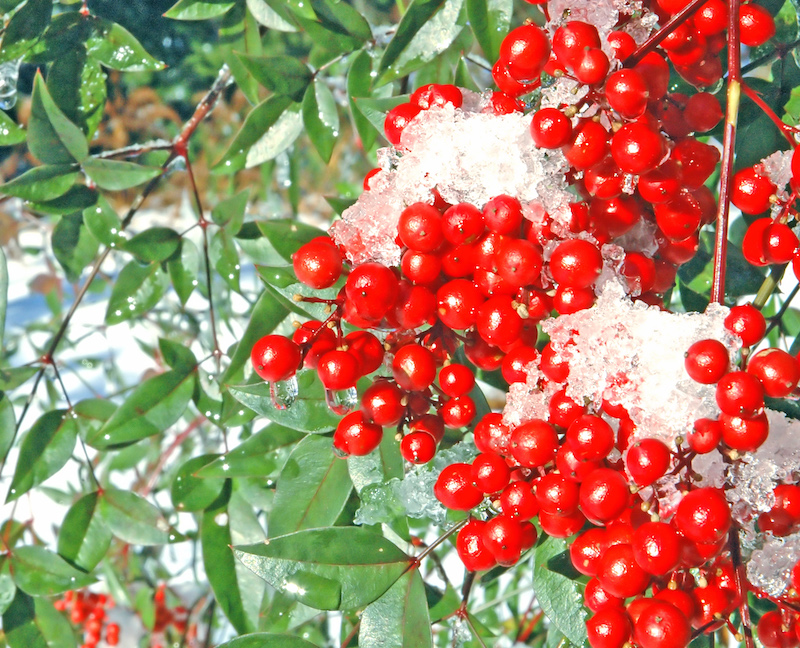This spring, one of the most exciting things to look forward to is the foraging opportunities. With the snow melting away, and the warm breezes rolling in, there’s no better place to forage than in your own backyard. Be sure to check out my other pieces on edible Montana plants, starting with Edible Montana Plants! Here, and on MORE EDIBLE MONTANA PLANTS, you’ll find a variety of plants that we’ll touch on again today, if they’re sprouting in the springtime.
It’s important to keep in mind that while foraging is an honorable and spectacular way to get food from its direct source, caution when ingesting wild grown things is important. Make sure you’re harvesting your produce from non-pesticide zones, and that you’re responsibly identifying berries before you eat them. To identify any berries you find while foraging, check out Plant Sam’s Plant Identification site.
CHOKECHERRY
If you’ve grown up in Montana, you’ve surely had a chokecherry before and know how truly delicious they are. They ripen in late July and August, and are a main ingredient in many dishes of the indigenous cultures where they grow. While they are more apt for eating raw, when they’re juicy, if you’re harvesting in the spring you can make a delightful baked good, jam, or jelly with these delicious berries. You’ll know they’re ripe if they have a dark purple, black, or dark red shade. You can use them to make jelly, fruit leather, and even homemade wine!!
They’re a part of the stone fruit family, alongside wild cherries and plums!! Their seeds are spread by birds in the area, and luckily they come in clusters so they’re easier to pick! Check out Practical Self Reliance for more info on where you can find them, how to identify, and more!
STINGING NETTLES
This is a plant that you must cook before you enjoy, because the leaves have little hairs. These hairs contain chemicals that will irritate the skin and the insides, so using gloves, harvest them and then steam or cook them to kill the nettles and enjoy the leaves! Nettles are full of vitamins and nutrients, and can be enjoyed like cooked spinach. Since they’re so jam-packed with vitamins and nutrients, they may even make a superior replacement to that of spinach or kale in your cooked green dishes.
DANDELION LEAVES AND FLOWER
As the weather warms up, and the sun is shining down on your lawn, Dandelions make a delicious tea, pesto addition, or salad! You can eat every part of this plant, so when harvesting enjoy the entire thing! The leaves resemble arugula, and make great salads and sautéed dishes with the roots making lovely tea.
With this plant, it’s important to wash them thoroughly and ensure that nobody is using any toxic pesticides on them before you eat them. There’s also plenty of medicinal uses for this little yellow flower and plant! Dandelion is so easy and common to spot, which makes it perfect if you’re just getting into foraging. Check out Grow Forage Cook for more info on dandelions and foraging edible plants in general!
GOOSEBERRIES
Also known as Ribes, which is a common species that includes currants, gooseberries are great to eat in a variety of ways. As previously disclaimed, it’s crucial that you do the proper research when identifying and consuming wild berries. The bright green, veiny looking berries have a hard skin and flesh and are very tart. These are great for additions to baked goods, syrups, etc. When they’re best eaten raw is after they ripen a bit more. Yellow or red shades mean that they will have a softer, sweeter taste and texture.



